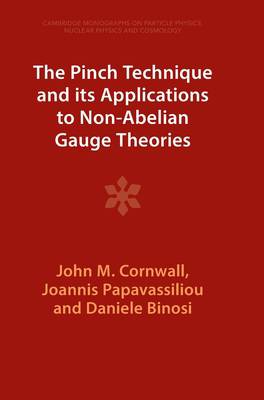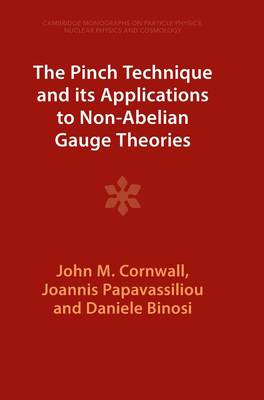
- Afhalen na 1 uur in een winkel met voorraad
- Gratis thuislevering in België vanaf € 30
- Ruim aanbod met 7 miljoen producten
- Afhalen na 1 uur in een winkel met voorraad
- Gratis thuislevering in België vanaf € 30
- Ruim aanbod met 7 miljoen producten
Zoeken
The Pinch Technique and its Applications to Non-Abelian Gauge Theories
John M Cornwall, Joannis Papavassiliou, Daniele Binosi
€ 194,95
+ 389 punten
Uitvoering
Omschrijving
Non-Abelian gauge theories, such as quantum chromodynamics (QCD) or electroweak theory, are best studied with the aid of Green's functions that are gauge-invariant off-shell, but unlike for the photon in quantum electrodynamics, conventional graphical constructions fail. The pinch technique provides a systematic framework for constructing such Green's functions, and has many useful applications. Beginning with elementary one-loop examples, this book goes on to extend the method to all orders, showing that the pinch technique is equivalent to calculations in the background field Feynman gauge. The Schwinger-Dyson equations are derived within the pinch technique framework, and are used to show how a dynamical gluon mass arises in QCD. Finally the volume turns to its many applications. This book is ideal for elementary particle theorists and graduate students. This 2011 title has been reissued as an Open Access publication on Cambridge Core.
Specificaties
Betrokkenen
- Auteur(s):
- Uitgeverij:
Inhoud
- Aantal bladzijden:
- 306
- Taal:
- Engels
- Reeks:
Eigenschappen
- Productcode (EAN):
- 9781009402446
- Verschijningsdatum:
- 27/07/2023
- Uitvoering:
- Hardcover
- Formaat:
- Genaaid
- Afmetingen:
- 170 mm x 244 mm
- Gewicht:
- 684 g

Alleen bij Standaard Boekhandel
+ 389 punten op je klantenkaart van Standaard Boekhandel
Beoordelingen
We publiceren alleen reviews die voldoen aan de voorwaarden voor reviews. Bekijk onze voorwaarden voor reviews.











